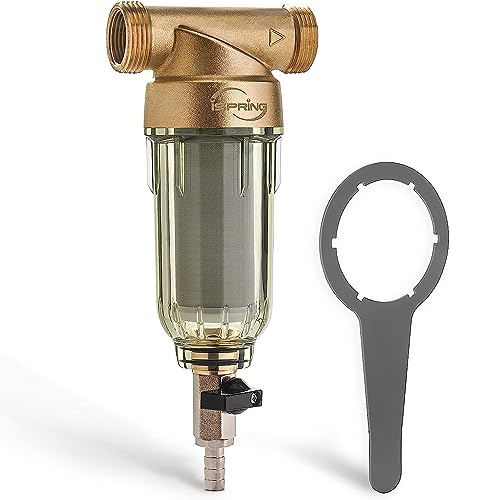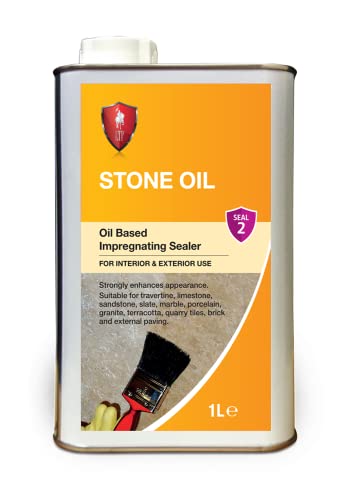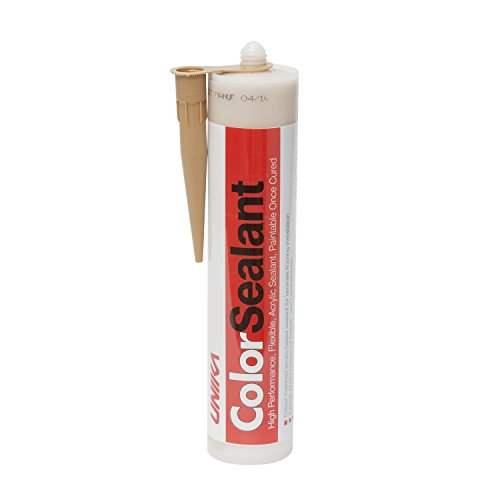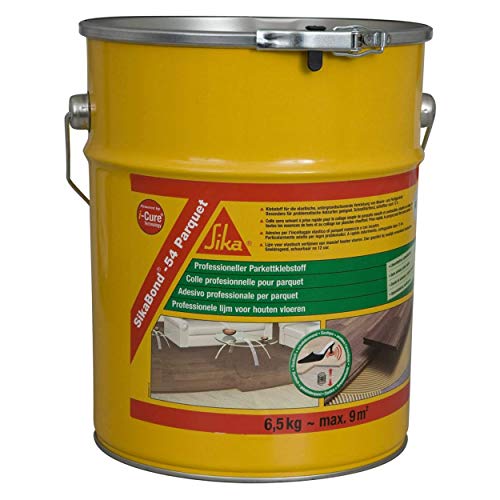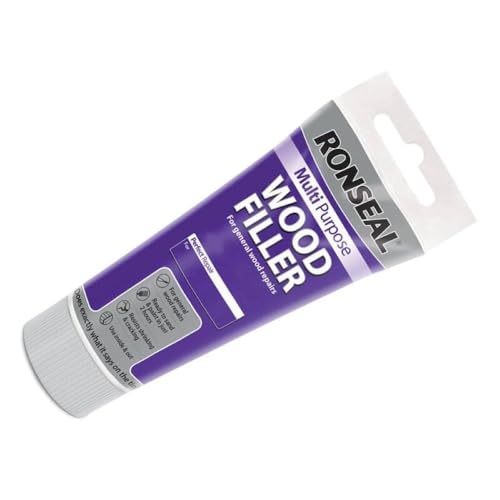Understanding Backwash Filters: What Are They and How Do They Work?
The Basics of Backwash Filters
Backwash filters are an essential component in various water filtration systems, commonly used to keep water clean and clear. Essentially, these filters remove debris and impurities from the water by trapping them in a medium, such as sand or a cartridge. After a certain period of use, the filter becomes saturated with these contaminants, necessitating what is known as ‘backwashing.’ This process involves reversing the flow of water through the filter, effectively flushing out the trapped particles and restoring the filter to optimal performance. Understanding this process helps us appreciate how backwash filters maintain water clarity and quality.
How Backwash Filters Operate
When we discuss how backwash filters operate, it’s crucial to understand the flow direction. Water first enters the filter chamber, passing through the filtration medium, where impurities are captured and held. Once the filter reaches capacity, a backwash cycle is initiated. During this cycle, water is pushed in the reverse direction, causing the particles to be released from the medium and carried away. This mechanism ensures the filter remains efficient and effective without the need for frequent manual cleaning. In practical terms, this means less hassle for us and enhanced water quality.
Key Features to Consider When Choosing a Backwash Filter
Filtration Capacity and Flow Rate
When selecting a backwash filter, filtration capacity and flow rate are paramount to consider. The filtration capacity indicates how much debris the filter can hold before needing to be backwashed, while the flow rate defines how much water can pass through it in a given time. If we have a large household or use substantial amounts of water, we’ll want to ensure the filter can handle our specific demands without sacrificing performance. A higher capacity and flow rate will equate to more consistent water quality and fewer interruptions.
Type of Filtration Medium
The choice of filtration medium is another critical aspect. Backwash filters typically use materials like sand, glass, or synthetic media. Each type has its unique advantages. For instance, sand is effective and widely available, while glass media might provide better filtration efficiency and longevity. Understanding the differences allows us to select a filter that aligns best with our specific needs, whether that’s addressing particular water quality issues or seeking easy maintenance solutions.
Ease of Installation and Maintenance
Installation and maintenance ease can significantly impact our overall experience with a backwash filter. Some models come with user-friendly features, such as clear instructions or pre-assembled components, making them straightforward to install. Similarly, filters that are designed for simple backwashing and do not require complex steps for maintenance can save us time and effort in the long run. It’s essential to evaluate these aspects, especially if we prefer a hassle-free setup and upkeep.
Step-by-Step Buying Guide: Selecting the Right Backwash Filter for Your Needs
Assess Your Water Quality
To choose the right backwash filter, we should first assess our water quality. We can start by testing our water samples for common contaminants like sediment, chlorine, or heavy metals. Based on these results, we can determine the type of filtration necessary to address our specific issues. For example, if sediment is a prominent problem, selecting a filter designed for sediment filtration will be essential.
Determine Your Budget
Next, we need to determine our budget. Backwash filters range in price, and establishing a budget will help us narrow our options effectively. While investing in a higher-priced, quality filter may offer better long-term benefits, finding a reliable unit within our budget that meets essential needs is crucial without overspending.
Compare Features and Specifications
Once we have our budget set, we can begin comparing features and specifications of available models. We should make a checklist of the key features we need, such as filtration capacity, type of medium, and maintenance requirements. This ensures that we choose a filter that not only fits our needs but also provides optimal performance. Taking the time to compare will lead to a well-informed decision.
Read Customer Reviews
Lastly, looking at customer reviews can provide practical insights into the performance of the backwash filters we are considering. Users often share their experiences regarding installation, efficiency, and any issues they may have faced. This feedback is invaluable as it offers a glimpse into how the product performs in real-life scenarios, helping us gauge whether it would be a good fit for our circumstances.
Common Uses and Benefits of Backwash Filters in Everyday Life
Household Water Filtration
One of the most common uses for backwash filters is in household water filtration systems. These filters ensure that the water we drink, cook with, and use for bathing is free from harmful particles and contaminants. By investing in a good backwash filter, we can significantly improve the quality of our water, leading to better health outcomes and enhanced taste.
Pool Water Maintenance
Backwash filters are also extensively used in swimming pools to maintain water clarity. They effectively remove debris, algae, and other unwanted particles, ensuring a safe and pleasant swimming environment. By routinely backwashing the filter, pool owners can save on chemical costs and lessen the chance of waterborne illnesses, making it an essential component of pool maintenance.
Irrigation Systems
In agricultural settings, backwash filters are commonly used within irrigation systems. They prevent clogging by trapping unwanted sediment and organic matter. This results in efficient water distribution, ensuring that crops receive consistent irrigation without interruptions. For anyone managing a garden or farm, a backwash filter can thus be a crucial asset.
Maintenance Tips to Ensure Longevity of Your Backwash Filter
Routine Backwashing
One of the simplest yet most effective maintenance tips is to perform routine backwashing. Setting a schedule for backwashing based on usage or monitoring the filter pressure can keep the system functioning at peak efficiency. By making this a regular part of our maintenance routine, we can extend the lifespan of the filter and enhance water quality.
Inspecting the Media
Periodically inspecting the filtration media is critical for longevity. Depending on the type of medium used, we should look for signs of wear or degradation. Sand filters, for example, may require a media replacement after several years, while glass media may last longer. Recognising when to replace or refresh the media ensures that our backwash filter continues to operate effectively.
Check for Leaks or Damage
Regular checks for leaks or other damages in the filter housing or connections can prevent costly issues. Water pooling around the filter base or changes in performance can indicate a problem. Addressing these issues promptly helps maintain the integrity of the system, ultimately ensuring we get the most out of our backwash filter.


